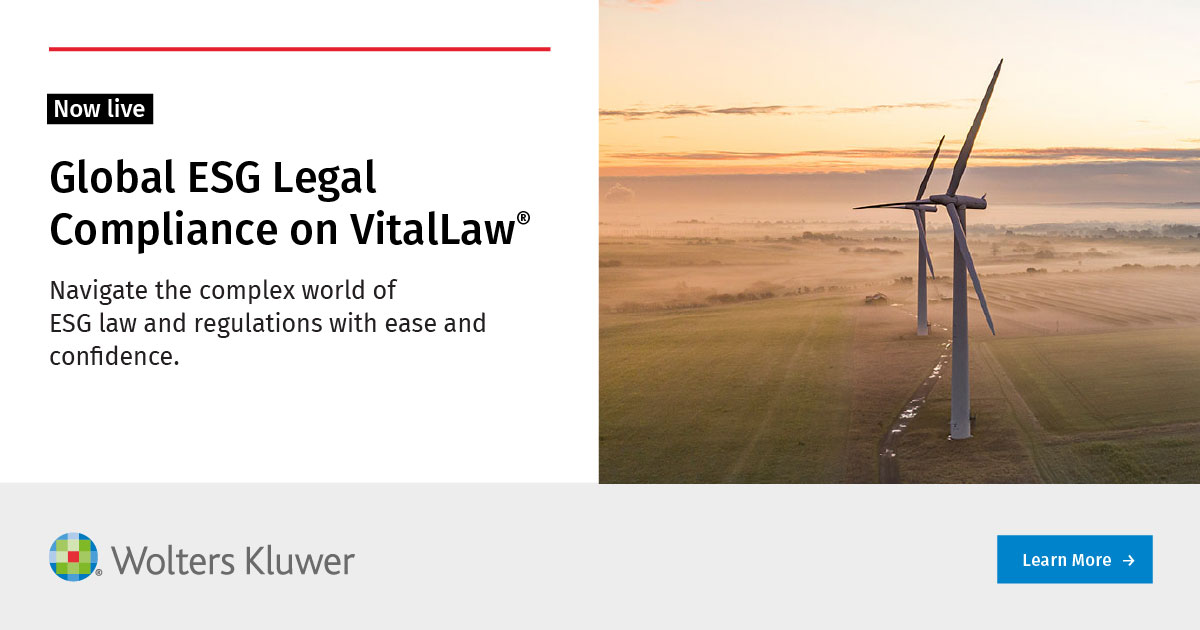Facts
This judgment by the GC (available in German and French) concerns three EUTM applications, one for the word “AESKUCARE” and two figurative marks with “AESKUCARE” as their dominant element. The applications covered, among other goods/services, diagnostic products in class 5, medical instruments in class 10, laboratory services in class 42 and medical services in class 44.
The plaintiff, market leader in surgical instruments, filed oppositions based on two “AESCULAP” word mark registrations covering surgical instruments in class 10, one EUTM and one German registration (the latter dating from 1921). The plaintiff claimed that there was risk of confusion and that the applications took unfair advantage of the reputation of the older trademarks (Art. 8 V UTMR).
Opposition Division and Board of Appeal
The Opposition Division ruled in favour of the opponent regarding all goods and services (5, 10, 42, 44) on the basis of Art. 8 V UTMR. The Board of Appeal rejected the opposition in respect of classes 5, 42 and 44. The BoA found that the reputation of the AESCULAP mark was not strong enough for the public to make a link between surgical instruments on the one hand and test kits, laboratory services and medical services on the other hand. The BoA considered AESCULAP inherently weak because it is the name of the Greek god of medicine. With regard to classes 5, 12 and 44, AESCULAP was therefore not a mark but the god of medicine for the targeted public (doctors and laboratory personnel).
Judgment
The GC lifted the decisions by the BoA and reinstated the decision of the Opposition Division. The BoA had wrongfully rejected the opposition regarding classes 5, 42 and 44. The judgment touches on interesting questions about Art. 8 V UTMR:
One of these questions is whether the inherent weakness of an older mark argues against a mental link between marks, even if the older mark has acquired high distinctiveness and reputation through use. The General Court clarified that this was not the case. Where a mark had acquired particular distinctiveness through its reputation, the argument that the mark was inherently weak was irrelevant for whether there was a link between the marks at issue (see para. 71; see also T-629/16 para 135). Since the GC found that the mark AESCULAP had acquired sufficient distinctiveness and reputation through use, the court didn’t need to assess whether the mark was inherently weak for goods/services related to medicine.
The judgment is also about whether the value of market surveys diminishes over time. The opponent had relied on a market survey of 2010. In 2013, the BoA relied on that survey in another opposition decision concerning AESCULAP and concluded that the reputation of the mark was high. In its decisions mentioned above, however, the BoA found that because of the 7 years that had passed after the survey of 2010, the survey said less about the current situation and concluded that AESCULAP had average reputation only. The GC disagreed. It found that the BoA had disregarded facts submitted by the opponent that suggested that their market position was at least as strong as in 2010. Therefore, the GC did not see sufficient justification for deviating from the assessment of reputation made in 2013.
_____________________________
To make sure you do not miss out on regular updates from the Kluwer Trademark Blog, please subscribe here.


